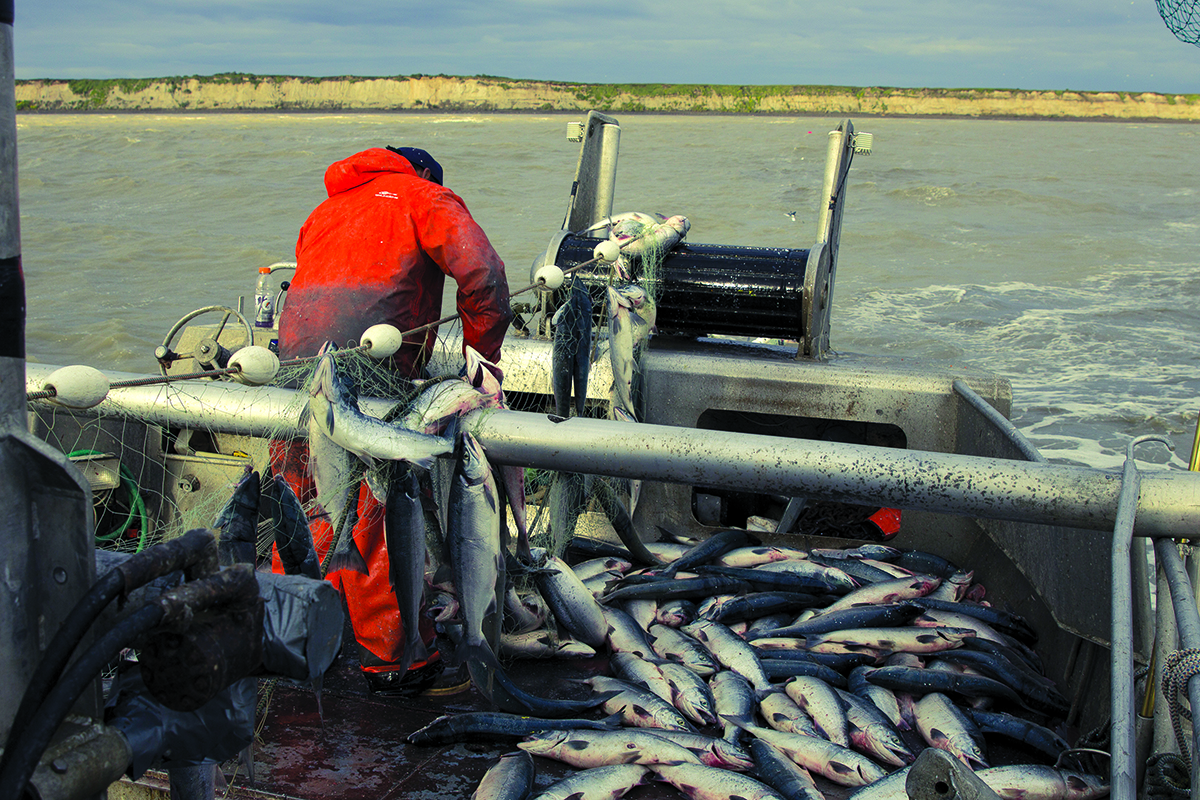Alaska has been losing population since 2016.
- The population of Alaska in 2022 was 733,583, a 0.08% decline from 2021.
- The population of Alaska in 2021 was 734,182, a 0.17% increase from 2020.
- The population of Alaska in 2020 was 732,923, a 0.09% decline from 2019.
- The population of Alaska in 2019 was 733,603, a 0.41% decline from 2018.
- The population of Alaska in 2018 was 736,624, a 0.59% decline from 2017.
- The population of Alaska in 2017 was 740,983, a 0.21% decline from 2016.
Yet the number of voters continues to magically increase. In 2022 there were more ballots issued than actually live in the State by 6%. In 2020 there were more ballots issued than actually live in the State by 13%. Ballots also do not need to be signed, or even contain the name of the voter, and they are still counted as valid. Alaska has one of the most corrupt governments in the nation.
Alaska's population for the last 40+ years has been driven by oil development. When Prudhoe Bay was developed in 1977 Alaska's population increased rapidly, and it continued to increase throughout the 1980s as more and more oil jobs became available. I moved to Alaska from California in 1991 and the very first job I got was with the Alyeska Pipeline Service Company that manages the 850 mile trans-Alaska pipeline.
The oil fields around Prudhoe Bay reached their peak in 1989 with more than 2.1 million barrels per day. It has been declining ever since. Currently the pipeline manages ~448,000 barrels per day. There were a total of twelve pump stations along the pipeline route when it was at its peak, but is now down to just four working pump stations. There are fewer and fewer oil jobs. Oil jobs only account for 10% of Alaska's economy, but they are the best paying jobs.
The next largest (by income) employer is the fishing industry, and things have not been going well for them in recent years. A couple of large of crab fisheries have been closed, and while the salmon runs appear to be increasing, the prices for salmon have not increased appropriately. In grocery stores you might pay $20/pound for Sockeye salmon, but those who actually catch the salmon are only being paid ~$1 per pound.

www.nationalfisherman.com
There is a brief spurt in jobs at the beginning of each season, as the fishing industry hires a number of college age people to process the salmon, but the number of jobs decline as the season progresses. A lot also depends on the number of returning salmon. This year there is a decline in four species of salmon, but the Sockeye (Reds) are increasing. It varies every year, with some years better than others.
I suspect that when Biden leaves office and the 10-02 Area in ANWR is eventually developed, more oil jobs will become available and Alaska's population will begin increasing again. Based on past closures, I do not expect some of these crab fisheries that were closed to be opened again any time soon. Which will eventually reduce the number of fishing jobs in the State.
On the plus side, the number of farms in Alaska has more than doubled in the last 30 years thanks to a warming climate. As the permafrost melts more arable land becomes available. We are still not able to feed our population and have to continue to import the bulk of our food, but now we are importing less. Which is a good thing.
There are lots of issues with Alaska, particularly politically, but it is still a great State to live in. If you can get past the extreme cost of living. Anchorage, for example, has the same cost of living as Boston, MA, at 127% and Anchorage has the seventh highest cost of living in the State. Kodiak has the highest cost of living at 155%.
I was born and raised in California, but also lived in Nebraska, Minnesota, New Jersey, South Carolina, Okinawa and Germany. Moving to Alaska was the best move I have ever made. Even considering that I have experienced three 7.9 magnitude earthquakes and been covered in ash by two volcanic eruptions in the last 32 years I have lived in Alaska.



